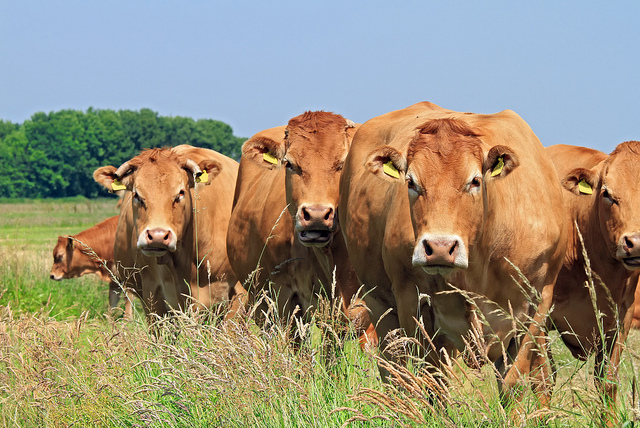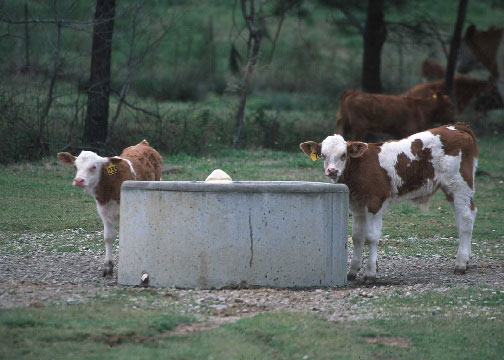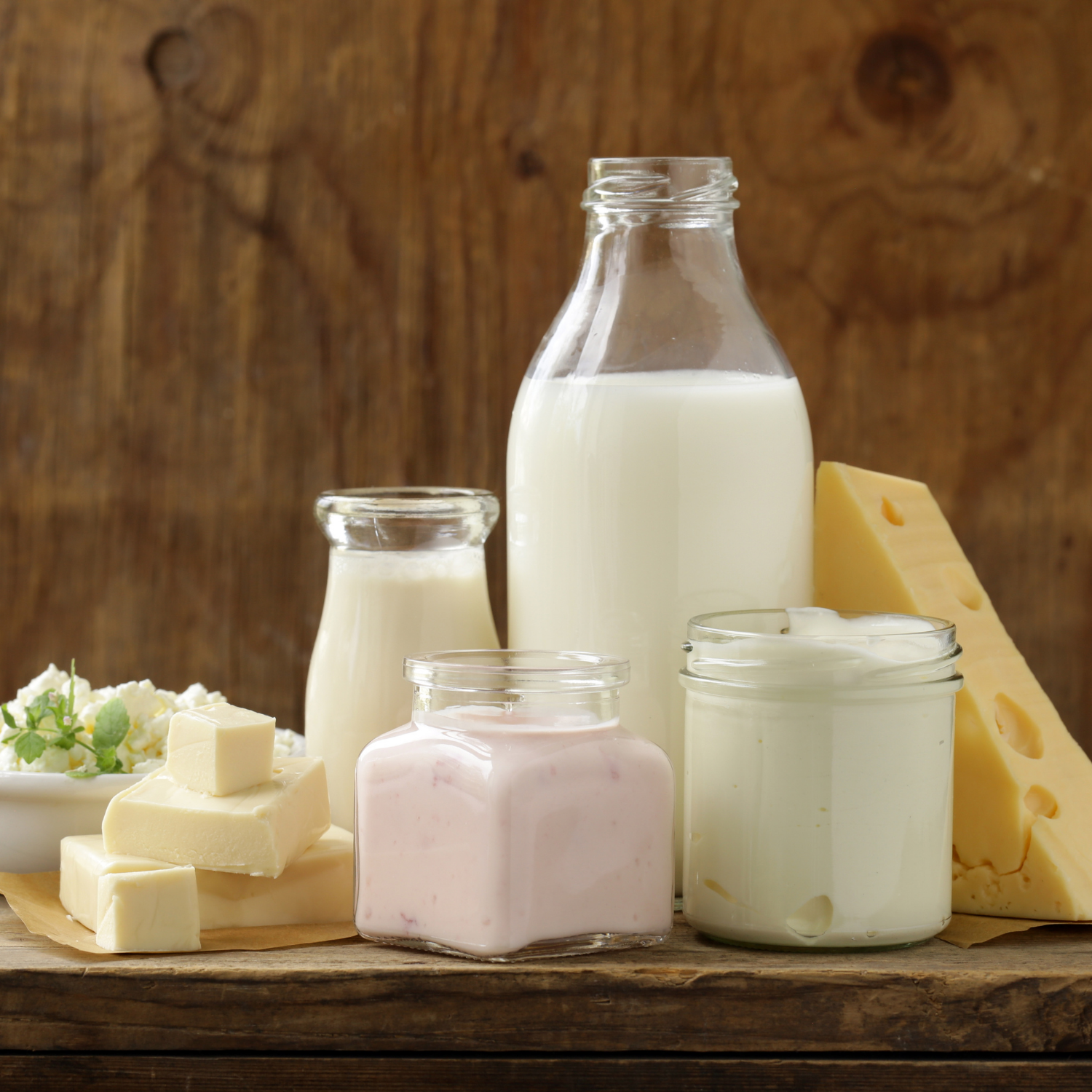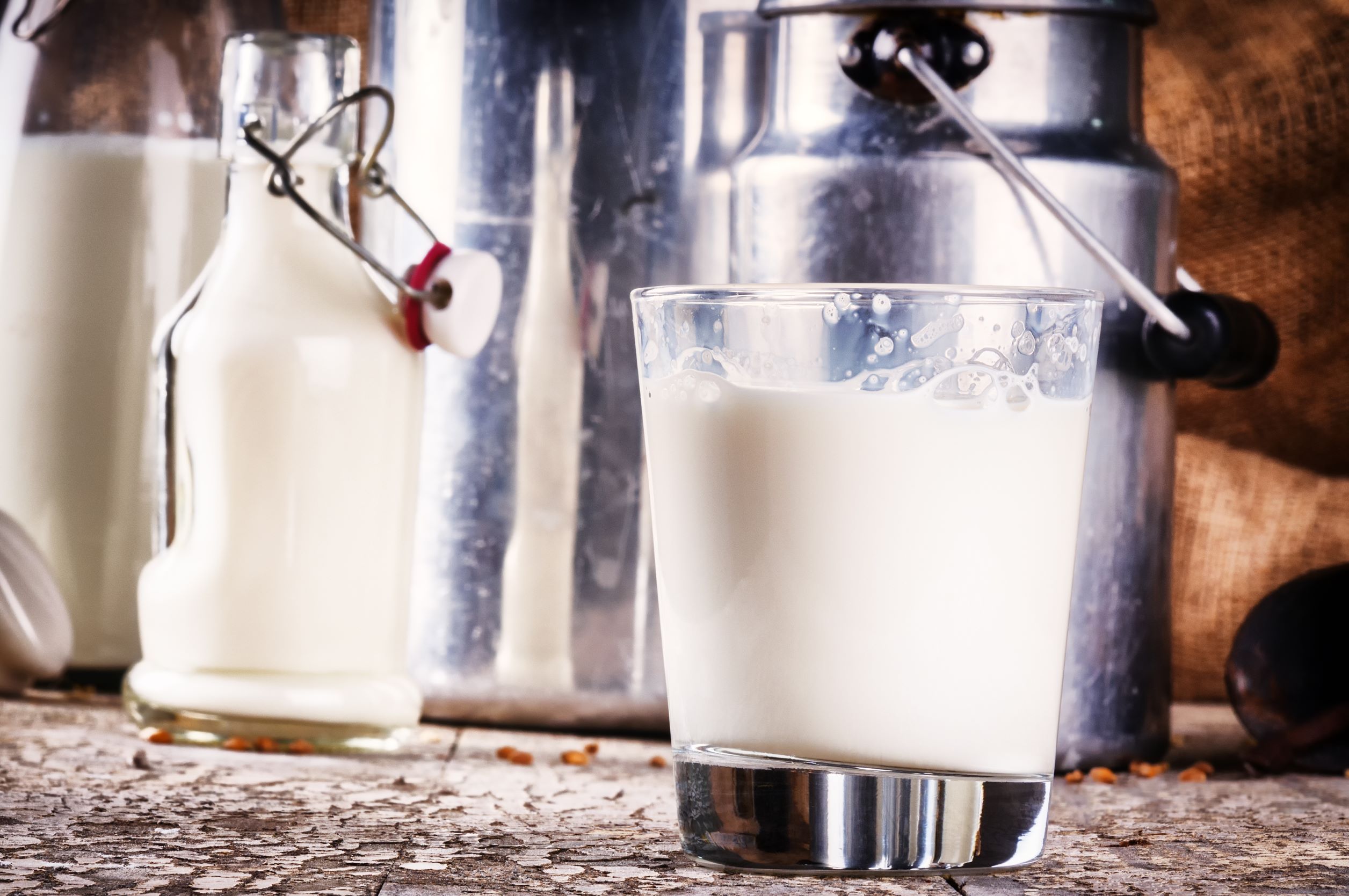



Weekly beef and dairy digest: Beef exports fall back as the global milk production outlook improves
Latest research from the USDA shows improving milk production in the European Union and Oceania, while US beef sales disappoint market bulls.US beef export sales disappoint market bulls
US beef net sales of 13,600 metric tonnes (MT) reported for 2021 were down 9% from the previous week and 24% from the prior four-week average. Increases were primarily for Japan (6,000 MT, including decreases of 700 MT), South Korea (2,500 MT, including decreases of 800 MT), Mexico (1,900 MT, including decreases of 100 MT), China (1,000 MT, including decreases of 100 MT), and Taiwan (700 MT, including decreases of 100 MT).
Exports of 18,600 MT were down 9% from the previous week and 3% from the prior four-week average. The destinations were primarily to South Korea (6,000 MT), Japan (4,400 MT), China (3,100 MT), Taiwan (1,500 MT), and Mexico (1,200 MT).
Tyson Foods sees higher meat costs coming
Tyson Foods said it will have to pass along elevated prices for animal feed, increased wages and ongoing pandemic expenses to restaurants and supermarkets. “We’ve seen unprecedented and accelerating inflation and we’re trying to catch up with that,” said Tyson Chief Executive Donnie King, on a conference call with reporters, according to the Wall Street Journal.
Tyson and other US meat suppliers including JBS USA Holdings, Sanderson Farms and Cargill are under pressure to fill rising orders from restaurants, which are reopening pandemic-closed dining rooms. Consumers, meanwhile, continue to spend heavily at grocery chains.
International dairy report
Western European overview
After a slow start to the 2021 European milk season, strong Q2 milk production pushed YTD milk levels above those of the previous year. Industry contacts say milk production in May and June helped manufacturers catch up on dairy processing needs. Much of the milk moved toward cheese production as opposed to milk powder/butter production. However, preliminary estimates of milk production in Germany, France and the Netherlands suggest July weekly collections are once again lagging behind collections from the previous year.
Industry analysts forecast milk collections in the UK, Ireland and Italy to stay ahead of collections from last year for the next few months. The devastating floods that hit Western Germany, Benelux and some of the surrounding areas a few weeks ago disrupted milk and cream collection and distribution.
Several processing facilities had to alter processing schedules. With roads and streets flooded and damaged, some cream and milk was not able to get processed readily and had to be discounted heavily to find a home for processing. Industry contacts report that milk and cream prices are returning to normal.

Eastern European overview
Milk production gains are supporting the growth of dairy product production in a few leading Eastern European countries. Much of the milk is getting processed into cheese and other dairy products for domestic consumption. However, the export capacities of these countries are growing. For Eastern EU27 countries, according to Eurostat data reported by Eucolait, January – May 2021 milk production in Poland was 5,309,540 MT, up 1.1% from January – May 2020. May production, 1,127,620 MT, is up 1.5% from May 2020.
Australia's dairy industry
Australian milk production is starting the season off well, with good pasture conditions and plentiful feed stuffs. The main dairy regions have received normal to above-normal rainfall so far this year. In addition, farmers are optimistic that milk pay prices may remain at profitable levels for the coming year. According to the Dairy: World Markets and Trade report by the USDA Foreign Agricultural Service, the 2021 milk production forecast is revised down to 9.2 million tonnes, a decrease of 2% over 2020. Much of the change is attributed to a decrease in dairy cow numbers.
New Zealand overview
Calving is well underway across much of New Zealand. New season milk production is coming in with the North Island leading the way and contributing to the preliminary seasonal YOY increases in milk production. Aside from regional flooding in parts of the island nation, weather has been favorable for pasture growth. Early forecasts suggest rainfall to be at normal or slightly above normal levels for the next few months, which will give shape to what the season will be.

In New Zealand, 60% of the annual milk production is produced between August and December. According to the Dairy: World Markets and Trade report by the USDA Foreign Agricultural Service, the 2021 milk production forecast is revised up to 22.4 million tonnes, an increase of 1% over 2020. The current forecast for the 2021-22 milk season is +1.6%. That said, a lot can change so early in the season.
USDA weekly US dairy market report
Cheese highlights
The seasonal slide in milk output has done little to hinder cheese production nationwide. Production is busy in all regions, but there are some early signals that the milk supply is being stretched a little thinner week to week. School systems are beginning to increase ordering of bottled milk.
Midwestern spot milk prices increased to $4 to $2 under Class III, while they say offer prices are trending toward Class. Cheese demand notes are mostly steady to positive. Cheese market prices have slipped on the barrel side. Process cheese has reportedly grown in availability, stifling near-term demand for barrels, which is creating a relatively large block-over-barrel price gap on the CME.
Butter highlights
Butter is available to meet spot and contract demands. Retail sales are steady to higher, while food service demand is steady. Butter production trends vary across the country. Cream availability is mixed from region to region. In the West, availability of cream varies, with some contacts reporting tightness as others report availability. In parts of the West, cream cheese makers are utilizing much of the available supplies of cream, limiting production of butter. In the East and Central region, cream is available for production. Butter market undertones are mixed, with prices on the CME fluctuating across the last week. Across the country, bulk butter overages range from flat to 8.0 cents above market.

Fluid milk
Throughout the US, milk production is mostly on the seasonal decline off farms. Class I demand has started to increase nationally, as school districts begin the refilling of their pipelines. Several school districts, especially those in the Southwest to Southeast, have either started or are beginning sometime in the next two weeks. The school milk pull into Class I has increased load prices for spot milk into Midwestern cheese facilities, as some Central milk loads are drawn into fulfilling Class I demand in the East region. In general, there is plenty of milk for all Class uses for the near term.
Condensed skim markets are fairly flat. Cream is tighter in the West, while steady week over week in the Midwest and East. Cream multiples for all classes: 1.23 – 1.37 in the East, 1.23 – 1.34 in the Midwest, and 1.16 – 1.34 in the West.
Dry products
Low/medium heat non-fat dry milk (NDM) pricing is steady to a bit higher on mixed trading activities in the US this week. Low/medium heat NDM market tones are a little firmer. High heat NDM prices are mixed. Regional inventory levels are fairly limited. The market undertone for high heat NDM is relatively stable.
Dry buttermilk prices are steady to slightly lower. Trading activities are slower. Dry buttermilk markets are quiet this week.

Dry whole milk prices are unchanged. The current demand/supply tone is balanced.
Dry whey prices have mostly dropped in domestic spot markets. The market undertone has become more bearish. Whey protein concentrate (WPC34%) pricing is steady this week. The market undertone is mostly stable.
Lactose prices are steady. Some buying demands have weakened. In addition, with the continued shipping challenges, some suppliers are not able to offer lactose on the spot market. Rennet casein prices are steady to higher and acid casein prices are higher. Markets are reportedly firm. Current demands are outweighing available supplies.
USDA weekly US dairy market retail report
Advertised Prices for Dairy Products at Major Retail Supermarket Outlets ending during the period of 08/06/2021 to 08/12/2021.
Ice cream in 48 to 64 ounce containers remains the most advertised conventional dairy item this week. The weighted average advertised price is $2.88, two cents higher than last week.

In the organic section, organic half gallon milk is the most advertised item this week. Total organic advertisements moved higher, by 10%. Conventional ad numbers grew by 27% week over week. The weighted average advertised price for conventional 8-ounce shred cheese is $2.60, up $.38 from last week, with a 2% increase in ads. The total number of conventional cheese ads decreased 3%. For multiple weeks now, organic cheese was not featured in any advertisements.
The national weighted average advertised price for conventional Greek yogurt in 4 to-6 ounce containers is $0.97, up $.02 from last week. Conventional 1 pound butter ad numbers grew by over double this week, as the weighted average advertised price dropped a dime to $2.81.
Conventional flavored milk in half gallon containers saw ad numbers grow 154 percent. Conventional half gallon milk held a weighted average advertised price of $1.56, with no reported ads last week for comparison, and organic half gallons were priced at $3.85, down $0.31 from last week. The organic premium is $2.29. Organic half gallon milk ad numbers nearly doubled, while the weighted average advertised price is $.31 below last week's price.
TheCattleSite News Desk
IMPORTANT NOTE: I am not a futures broker and do not manage any trading accounts other than my own personal account. It is my goal to point out to you potential trading opportunities. However, it is up to you to: (1) decide when and if you want to initiate any traders and (2) determine the size of any trades you may initiate. Any trades I discuss are hypothetical in nature.
Here is what the Commodity Futures Trading Commission (CFTC) has said about futures trading (and I agree 100%): 1. Trading commodity futures and options is not for everyone. IT IS A VOLATILE, COMPLEX AND RISKY BUSINESS. Before you invest any money in futures or options contracts, you should consider your financial experience, goals and financial resources, and know how much you can afford to lose above and beyond your initial payment to a broker. You should understand commodity futures and options contracts and your obligations in entering into those contracts. You should understand your exposure to risk and other aspects of trading by thoroughly reviewing the risk disclosure documents your broker is required to give you.




